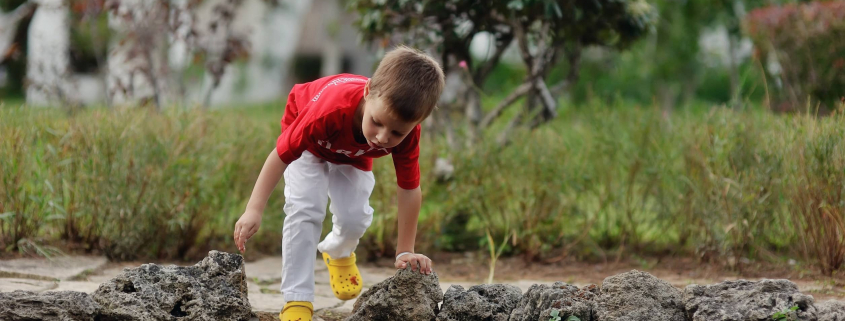What’s Wrong With This Picture?
“It was just a quiet little slip right into the water, no splash, no screaming, no yelling, no fight. She didn’t really make a ripple because the water masked her movement. You should be able to see them, but you don’t. They just quietly go underwater. This is how kids drown with a whole bunch of people around,” stated Olaudah Parker, father of a 3-year-old who suffered a non-fatal drowning in Naples, Florida.
Children can drown sometimes in the presence of many distracted adults, like backyard poolside parties. However, more than half of fatal drownings occur when children sneak outside and reach a pool alone. But drownings can also occur in nearby canals, stormwater ponds, small koi ponds and fountains. In a state where water is everywhere, taking steps to safeguard children from drowning is critical. Constant, undistracted adult supervision, fencing/barriers, Coast Guard-approved life jackets, and technology tracking devices are good safety strategies. But safety devices and barriers only work if the environment contains them, caregivers remember to engage them, and children don’t disable or defeat them. In real life, the only water safety resource that can travel with children everywhere they go is the water safety training inside their own heads.
The American Academy of Pediatrics currently recommends swimming lessons for children as early as 1 to 4 years of age as well as all caregiver adults who have not learned to swim. Many local fire departments offer free Cardiopulmonary Resuscitation-CPR training, a vital technique needed in the event of drowning. Preventing tragedy and unthinkable heartbreak requires all caregivers to be informed and layers of protection to be installed and used. Learn more at the Drowning Prevention Coalition’s website at https://discover.pbcgov.org/drowningprevention.




